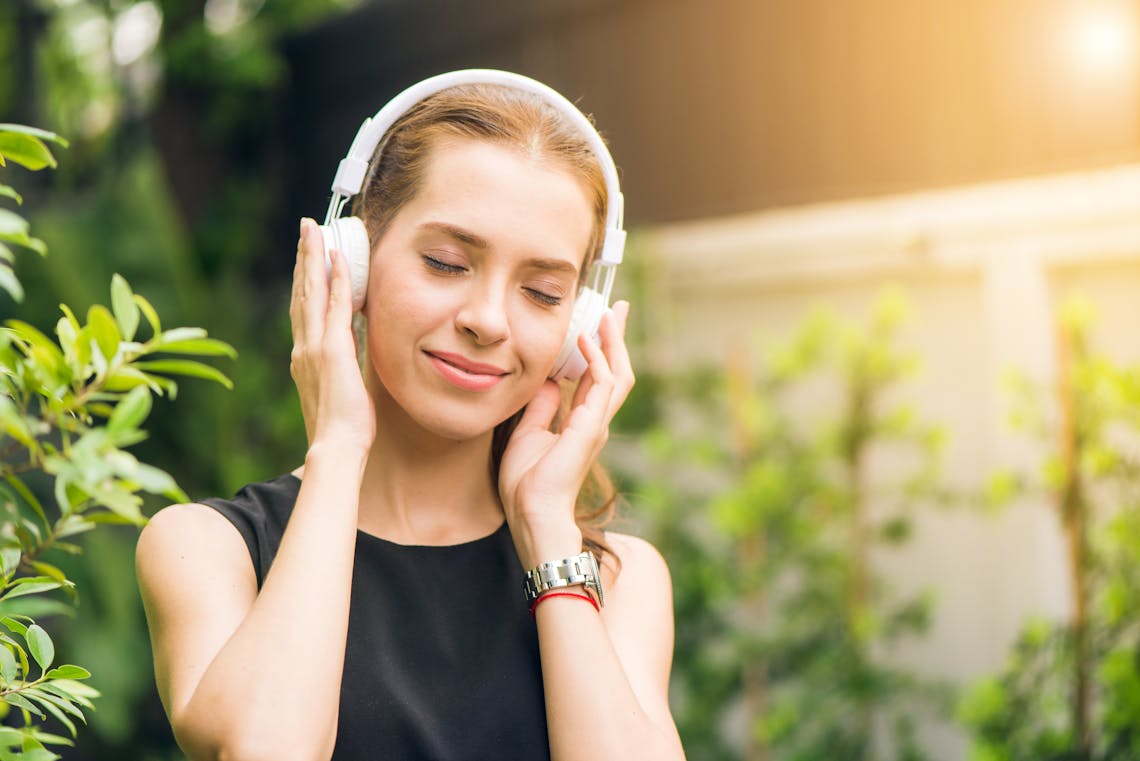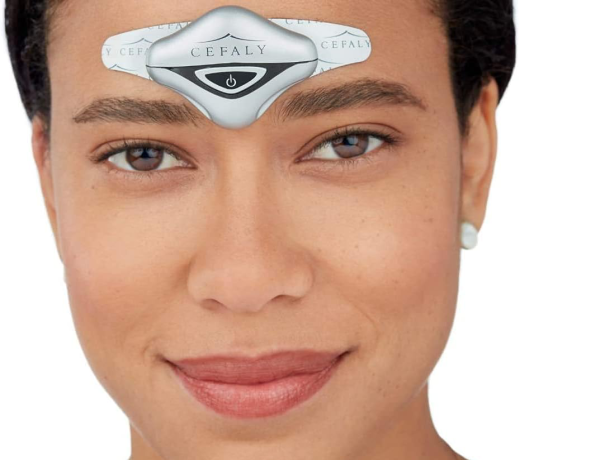A Sensory Support Tool for Calm, Clarity, and Control
For individuals with ALPIMS-related conditions—such as autism, misophonia, PTSD, ME/CFS, migraine, MCAS, fibromyalgia, or environmental illness—everyday sounds can feel overwhelming, unpredictable, or even physically painful.
Noise-cancelling headphones offer relief and regulation by reducing external noise and allowing the nervous system to shift into a safer, more manageable state.
🔍 How They Work
- Active Noise Cancelling (ANC): Detects external sound and cancels it with an opposite sound wave.
- Passive Noise Reduction: Uses physical materials to block sound (e.g. earcups or foam).
- Some models include ambient or transparency mode, letting you hear voices or announcements selectively.
🌿 Why They Help
- Reduces sensory overload, misophonia triggers, and environmental stressors
- Supports emotional regulation for anxiety, shutdowns, or PTSD flare-ups
- Aids in restorative pacing for ME/CFS and fibromyalgia
- Creates a predictable sensory environment, helpful for autism and mood regulation
✅ When to Use Them
- In crowded, noisy places (e.g. shopping centres, airports)
- During commuting or travel
- While pacing, resting, or meditating
- During shutdowns or flares to regain regulation
- While working or studying in shared environments
🚫 When Not to Use Them
| Situation | Why to Avoid |
|---|---|
| While walking outdoors or in traffic | May block critical safety sounds like cars, alarms, or voices |
| During social interactions | Can unintentionally signal disconnection or cause misunderstandings |
| If they cause dizziness or ear pressure | Some users with vestibular issues or migraines may be sensitive to ANC “pressure” |
| When over-relied on | May reduce natural sensory tolerance over time, increasing dependency |
| During dissociative or shutdown states (without awareness) | Can increase emotional distance or intensify isolation if not used with intention |
| In hot or humid environments | Can cause overheating, discomfort, or skin irritation—important for MCAS or fibromyalgia flares |
🧭 ALPIMS Summary
| Domain | Support from NC Headphones |
|---|---|
| 😰 Anxiety | ✅ Soothing, grounding tool |
| 🔥 Pain | ✅ Supports migraine/fibro recovery |
| 🌧️ Mood | ✅ Reduces stress input, aids shutdown recovery |
| 🧠 Sensory | ✅ Main benefit—manages overload |
| 🧬 Immune | ⚠️ Indirect benefit via stress reduction |
| 🤸 Laxity | ⚠️ Choose lightweight styles to avoid neck/jaw pain |
| 😴 Sleep | ✅ Supports rest (not ideal for overnight use) |
Here’s a breakdown of the pros and cons of using noise-cancelling headphones—especially for individuals with ALPIMS-related conditions such as sensory sensitivity, MCAS, migraines, PTSD, ME/CFS, and neurodivergent traits:
🎧 Pros and Cons of Noise-Cancelling Headphones (ALPIMS-Aligned)
| Aspect | Pros | Cons / Cautions |
|---|---|---|
| Sensory Regulation | – Blocks intrusive or triggering noise – Helps prevent sensory overload – Can reduce misophonia reactions | – Some users report ear pressure or “suction” sensation – May amplify awareness of internal sounds (e.g., tinnitus, heartbeat) |
| Anxiety + Mood | – Calming effect in noisy environments – Supports emotional regulation and grounding – Helpful during shutdowns or flight/freeze episodes | – Over-reliance can reduce tolerance to everyday noise – May feel isolating for those prone to dissociation |
| Focus + Fatigue | – Aids concentration and reduces mental fatigue – Helps with brain fog and overwhelm in public or shared spaces | – Some people with ME/CFS or fibromyalgia may find wearing them tiring over long periods – Heavier models can cause neck or jaw discomfort |
| Sleep + Rest | – Useful for rest periods or pacing blocks during the day – Can be paired with calming audio or white noise | – May interfere with nighttime sleep hygiene if overused – Not designed for side sleeping |
| Immune + Flare Buffering | – Reduces stress input that may trigger MCAS, migraines, or PEM (post-exertional malaise) | – Overheating of ears may contribute to discomfort during MCAS or temperature-sensitive flares |
| Social Use + Safety | – Ambient mode options allow some connection with surroundings – Useful for crowded settings (planes, public transport, loud offices) | – Full NC mode can reduce situational awareness (e.g., traffic, alarms) – Can lead to withdrawal if not balanced with relational contact |
🧭 ALPIMS Domain Match Summary
| Domain | Noise Cancelling Support |
|---|---|
| 😰 Anxiety | ✅ Strong support (calms triggers) |
| 🔥 Pain | ✅ Helpful for migraine, fibromyalgia, TMJ |
| 🌧️ Mood | ✅ Aids shutdown recovery and mood shifts |
| 🧠 Sensory | ✅ Especially helpful for misophonia, autism |
| 🧬 Immune | ⚠️ Indirect benefit by reducing flare triggers |
| 🤸 Laxity | ⚠️ Choose lightweight models to avoid neck strain |
| 😴 Sleep | ✅ Useful for daytime rest; less so for sleep |
🔊 TOP BRANDS + FEATURES
1. Sony WH-1000XM5 / XM4
- ✅ Industry-leading noise cancellation
- ✅ Comfortable over-ear fit with soft cushions
- ✅ Adjustable ambient sound settings
- ✅ Bluetooth + wired mode for low-EMF use
- ALPIMS Domains: Sensory, Anxiety, Mood
- Ideal for: Autism traits, fibromyalgia, misophonia, PTSD
- Caution: Slight ear pressure may be uncomfortable for vestibular issues
2. Bose QuietComfort 45 / 35 II
- ✅ Balanced sound profile, strong NC
- ✅ Lightweight and travel-friendly
- ✅ Wired option reduces EMF
- ALPIMS Domains: Sensory, Anxiety
- Ideal for: Migraines, ME/CFS, PTSD, autism traits
- Caution: Can trap heat around the ears during extended use
3. Sennheiser Momentum 4 Wireless
- ✅ High-fidelity sound with strong NC
- ✅ 60+ hour battery life
- ✅ Comfortable over long wear
- ALPIMS Domains: Mood, Sensory
- Ideal for: Depression, chronic fatigue, trauma recovery
- Caution: Heavier build—consider neck strain if prone to fatigue
4. Soundcore Space NC (Anker)
- ✅ Budget-friendly, decent noise cancelling
- ✅ Lightweight design
- ALPIMS Domains: Sensory, Immune (for stress-triggered flare buffering)
- Ideal for: Teens, budget-conscious users
- Caution: Lower durability and comfort over long sessions
5. Loop Quiet or Loop Engage Earplugs
- ✅ Passive noise filtering, no electronics
- ✅ Discreet and wearable in social settings
- ALPIMS Domains: Sensory, Immune, Anxiety
- Ideal for: Misophonia, MCAS, PTSD, migraine
- Caution: No ambient sound control; may over-block in some settings
⚠️ SELECTION TIPS
- 🛑 Choose over-ear designs if pressure isn’t a trigger
- 🎚 Prefer models with adjustable NC levels for dizziness-prone users
- 🔌 Use wired mode if concerned about EMF or Bluetooth
- 🔄 Compare earcup shapes (oval vs. round) for comfort
- 🔇 Review decibel reduction ratings and comfort on flare days
Would pair well with:
- ✅ Sensory-Safe Home Setup Guide
- ✅ ALPIMS Daily Flow Sheet (Zones & Triggers)
- ✅ Misophonia + Migraine Flare Survival Kit
Let me know if you’d like this as a printable PDF, or formatted into a buyer’s decision chart.
You said:
can you include pros and cons of using noise cancelling headphones



